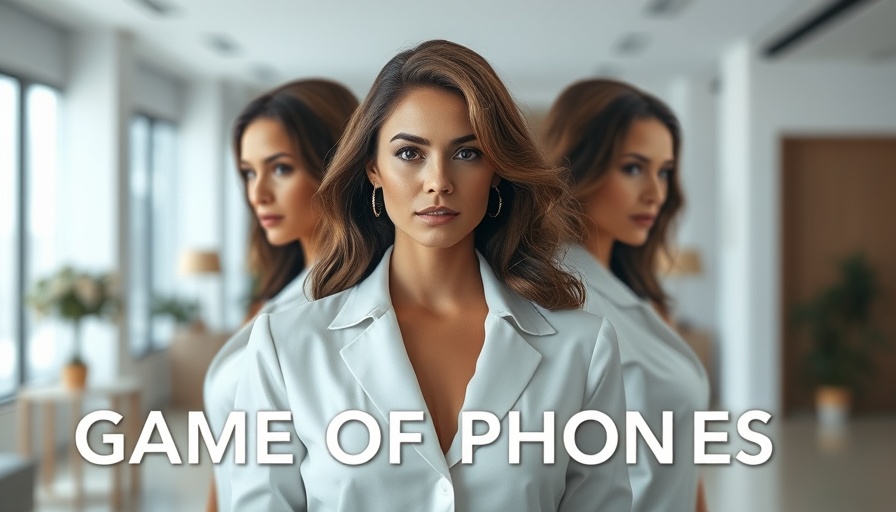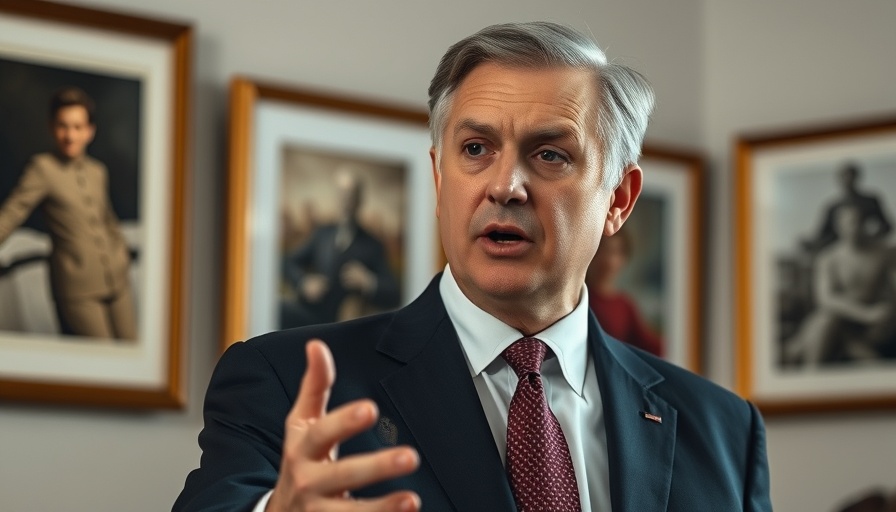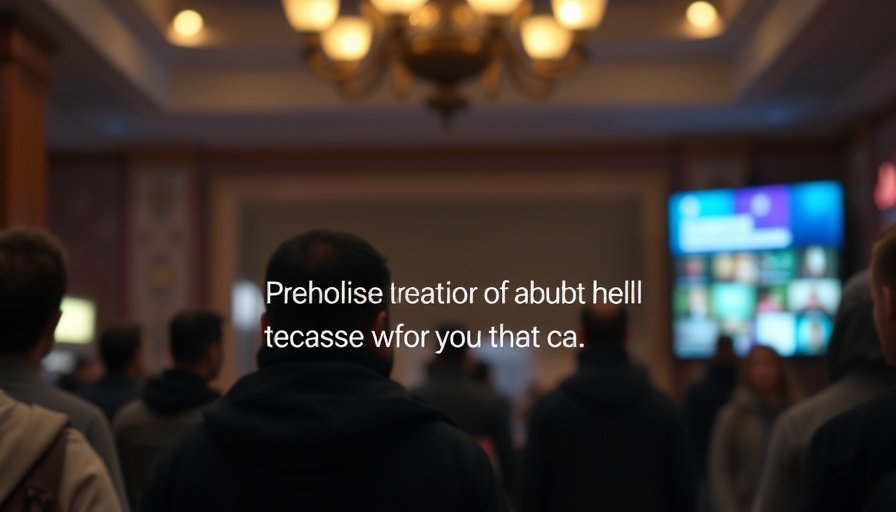
Unpacking the Controversy: A Tale of Two Cases
In the recent episode of Candace Owens’ podcast, the discussion centered around two notable figures—Justin Baldoni and Harvey Weinstein—brought together by allegations and accusations in the media. This intersection has sparked questions about justice, media ethics, and the impact of public narratives.
In 'Harvey Weinstein Calls Out Justin Baldoni | #MAHA Gaslighting Begins | Candace Ep 174,' the discussion dives into the intertwining narratives of Baldoni and Weinstein, prompting exploration of critical issues related to media ethics and public accountability.
A Closer Look at Justin Baldoni's Legal Challenges
Baldoni, known for his role in "It Ends With Us," faces a legal battle following allegations made by actress Blake Lively. The initial claims in her complaint detailed a chaotic filming environment during a traumatic birthing scene, where she described feeling pressured into nudity. However, emerging facts suggest that her portrayal may not reflect the reality of the situation. The insistence that she was forced into vulnerability is countered by evidence showing she participated willingly in crafting her character's narrative—an irony that raises questions about victimhood and agency in Hollywood.
Harvey Weinstein's Reflection on Media Tactics
Meanwhile, Harvey Weinstein, a polarizing figure from the Me Too movement, has publicly expressed sympathy for Baldoni as he faces media scrutiny. Weinstein's remarks highlight concerns about how narratives can be manipulated to amplify personal agendas—he himself wishes he had taken a firmer stand against what he calls cherry-picked information during his own trials. His comments point to a broader critique of media practices that can shape public perception without fully presenting the facts.
Implications for Victims and the Accused
This ongoing saga opens up larger conversations about the implications for both victims and those accused in high-stakes legal battles. In today's media landscape, the rush to create sensational stories can overshadow a fair examination of the evidence. As seen in the experiences of both Baldoni and Weinstein, the public forms opinions based on narratives that can be misleading and emotionally charged. Genuine accountability becomes muddled when the press selects which details become the story.
What Lies Ahead for Justin Baldoni and Harvey Weinstein?
With looming court dates and public scrutiny, both men confront a unique but troubling reality. The Baldoni case sets a precedent for current and future discussions surrounding consent, representation, and the filmmaking process, while Weinstein’s reflections keep alive discussions concerning the consequences of media narratives in the age of instant information.
To understand these dynamics is crucial, especially for consumers of news who must navigate through potential biases present in reporting. As we witness the unfolding of these cases, we must remain vigilant about how stories are shaped and presented in the public arena.
 Add Row
Add Row  Add
Add 




 Add Row
Add Row  Add
Add 

Write A Comment